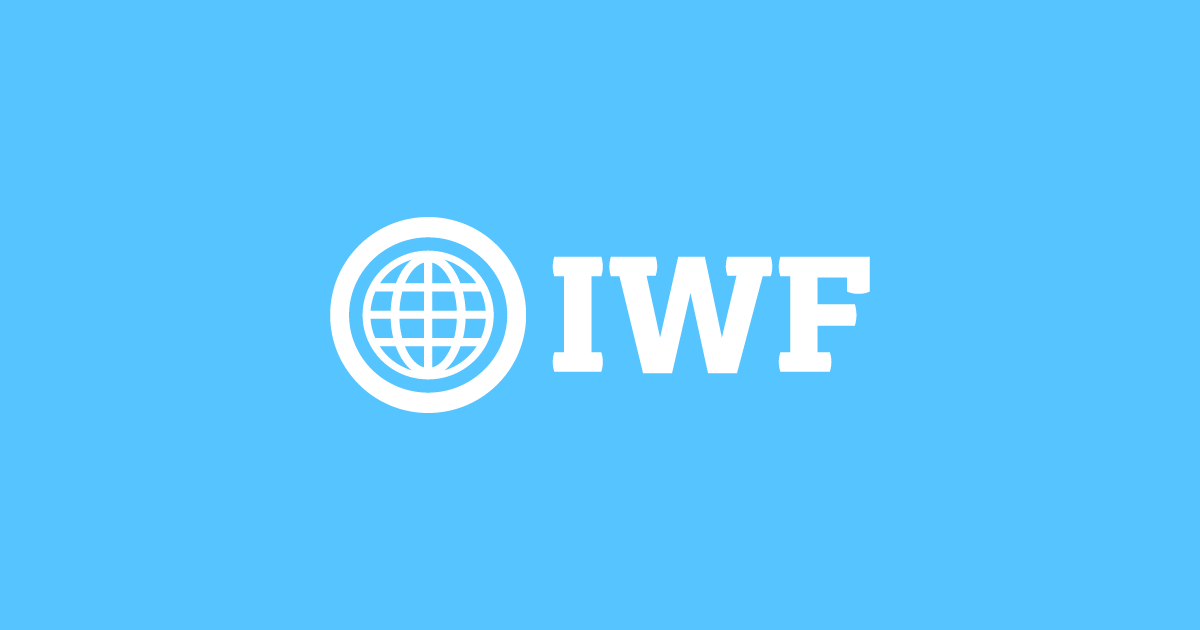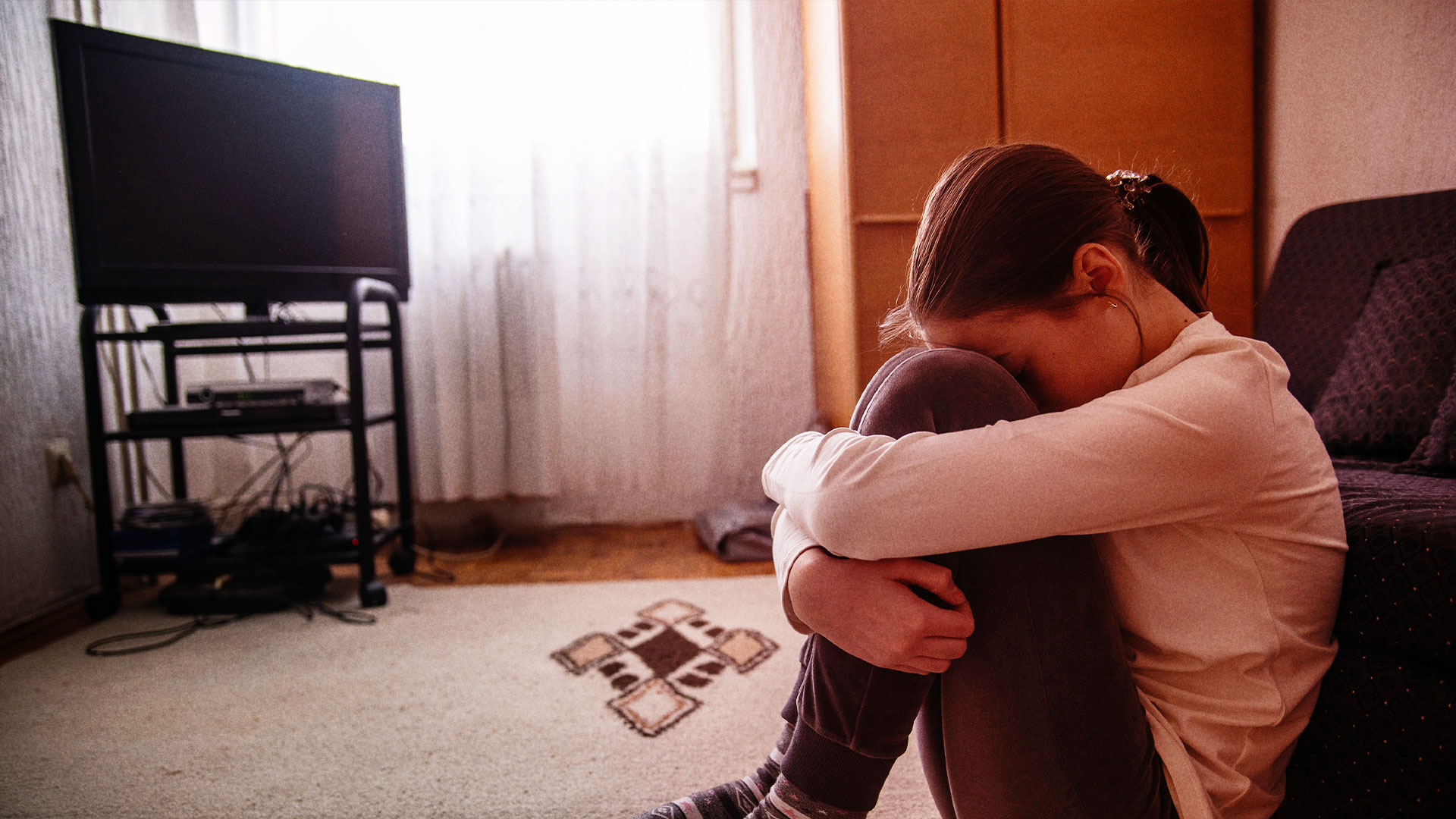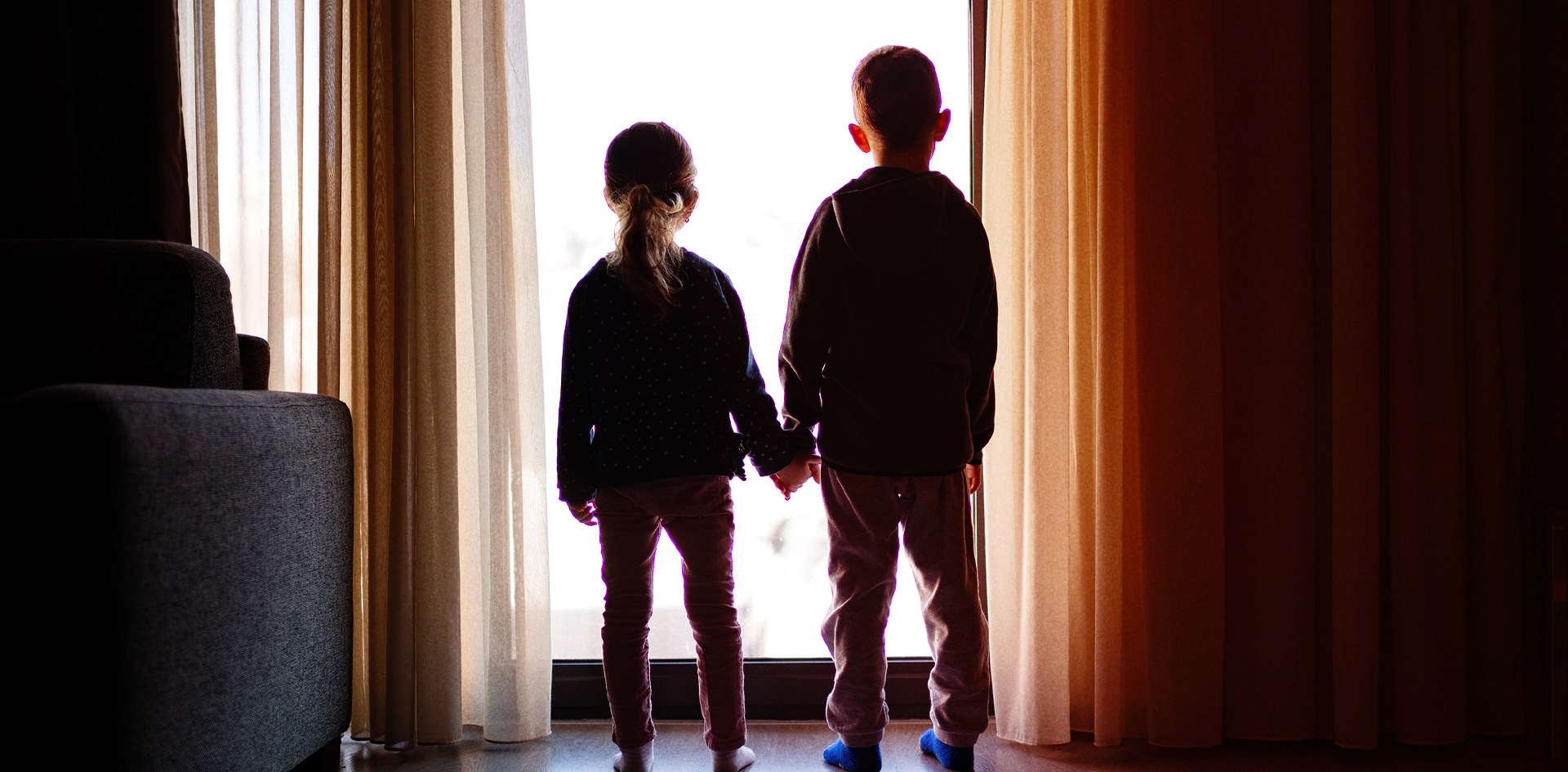
Why we exist
We exist to stop child sexual abuse online
We want to see a world where no child is ever sexually abused and then forced to face the very real possibility that a record of their terrible abuse will be shared online.
All too often, victims and survivors are traumatised long after the physical suffering has ended. We call it re-victimisation. It’s just another way offenders torture their victims.
No child should ever face this horror. No child should ever face this repeated abuse.
It’s our job to stop this. We exist to hunt down and remove any online record of child sexual abuse. The criminals responsible for making, sharing and even selling these illegal images are totally ruthless. The images our analysts remove range from the abuse of babies, to grooming of teenagers, young people just trying to form relationships in a digital world. Sometimes they don’t even realise that they’re being trapped, until it’s too late.
It’s a tough job. But because of our work the internet is a safer place for all children.
When we started, over twenty-five years ago, 18 per cent of the world’s known child sexual abuse imagery was hosted in the UK. Today, it’s less than 0.25 per cent. This means we’ve helped make the UK one of the most difficult places on the planet to host illegal images of children. We’re proud of that.
Sadly, it’s estimated that in the UK alone there are over 830,000* adults who pose a sexual risk to children. That includes regularly viewing child sexual abuse online. We won’t rest until every single criminal image and video has been removed.
But we’re not dealing with a UK problem. The internet doesn’t respect borders. Neither can we. Because of our experience, we’re in a unique position to understand the challenge of stopping child sexual abuse imagery. And working in partnership with the tech community, governments, law enforcement agencies, charities and other hotlines. We’re pushing the boundaries to create new Tech for Good and to support our team of world-class analysts.
In this section
How do we work?
We search for, stop, remove and prevent child sexual abuse imagery online. Through our Hotline and Reporting Portals we give 2.5 billion people a safe place to report suspected illegal pictures and videos.
By making the internet a safer place, our work means that everyone who goes online has a smaller chance of accidentally stumbling on distressing images of child sexual abuse.
We use our unique, trusted data to research new trends, tactics and methods being employed by online perpetrators. Then we channel this expertise to develop cutting edge services, to help the tech community prevent, disrupt and remove online child sexual abuse imagery globally.
Our aim is also to make sure that child protection is at the heart of any new legislation that involves the internet. So, we share our vital knowledge with the people who create law and policy. This gives them a greater understanding of the problem. We hope it also helps them make the best decisions possible for children.
Bringing together the tech community, law enforcement, governments, charities and other hotlines, we believe in working in partnership, whilst remaining independent. Our job is to defend children online, but we know we can’t do this alone.
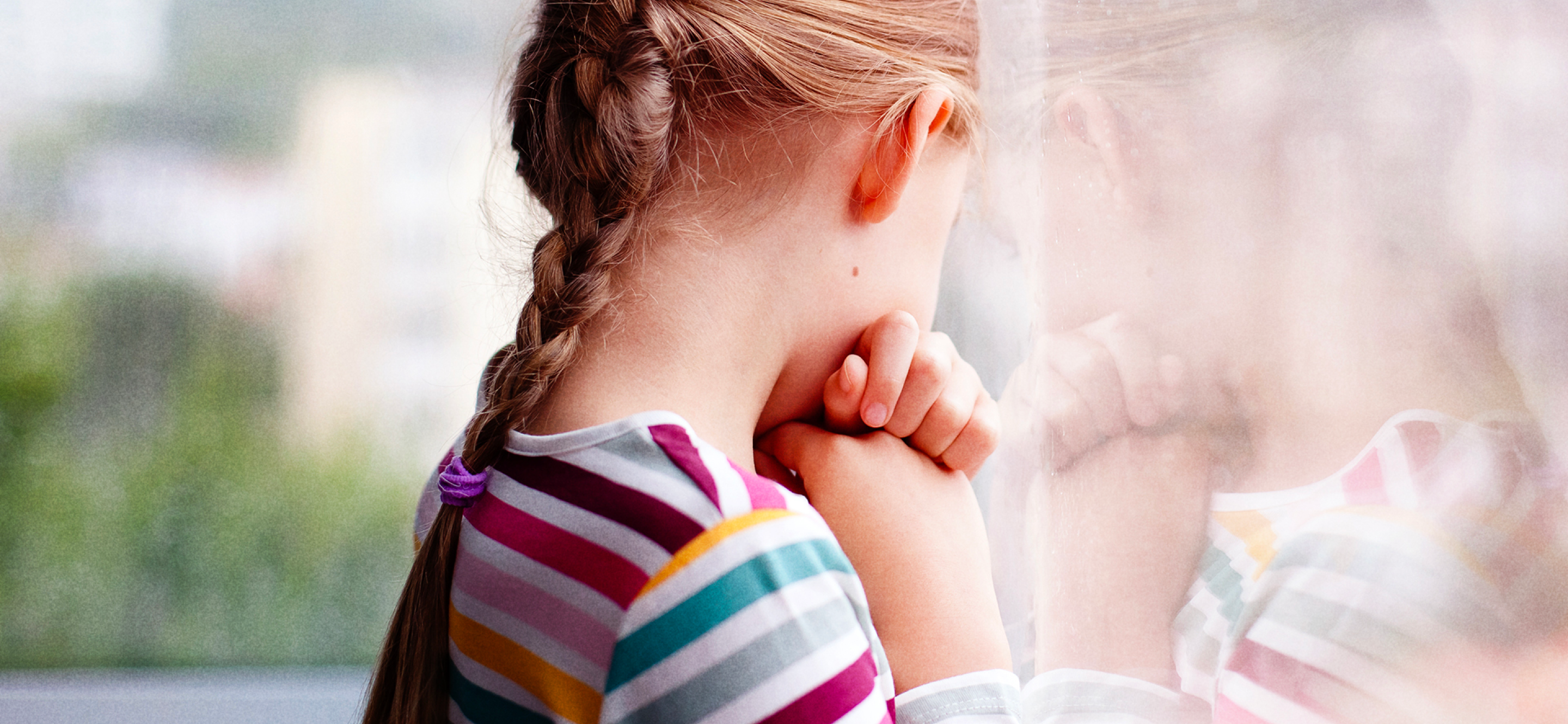
We’re here to help children like Amy
Amy was just three when one of our analysts found a record of her abuse online. The recording was horrific. We assessed her suffering as an ‘A’ category. That means Amy was being raped, or that there was a level of sadism involved in the abuse.
Sadly, this tragic record of the suffering of a three-year-old was shared again and again by the abuser. He wasn’t content to sexually abuse Amy. He wanted to share the depravity with other, like-minded criminals. In turn, they began to share the abuse. It became a vicious circle.
Our Hotline team assessed the video and accompanying photographs from the film. They worked to get the illegal imagery removed from the internet. They hashed (created a digital fingerprint) an image of Amy on average three times a day, every day, for three months.
Amy was one of the lucky ones. Despite the horrific abuse she suffered, thankfully she was rescued and taken to a place of safety. Her abuser has been arrested and charged.
But that terrible video, that record of Amy’s abuse, is still being shared online.
Today our Hash List service is allowing the tech community to help disrupt the recordings and photographs of Amy’s abuse from being circulated online. It’s another critical IWF service that’s helping abused children and survivors.
Names have been changed to protect the victim’s identity.
Sadly, this tragic record of the suffering of a three-year-old was shared again and again by the abuser.
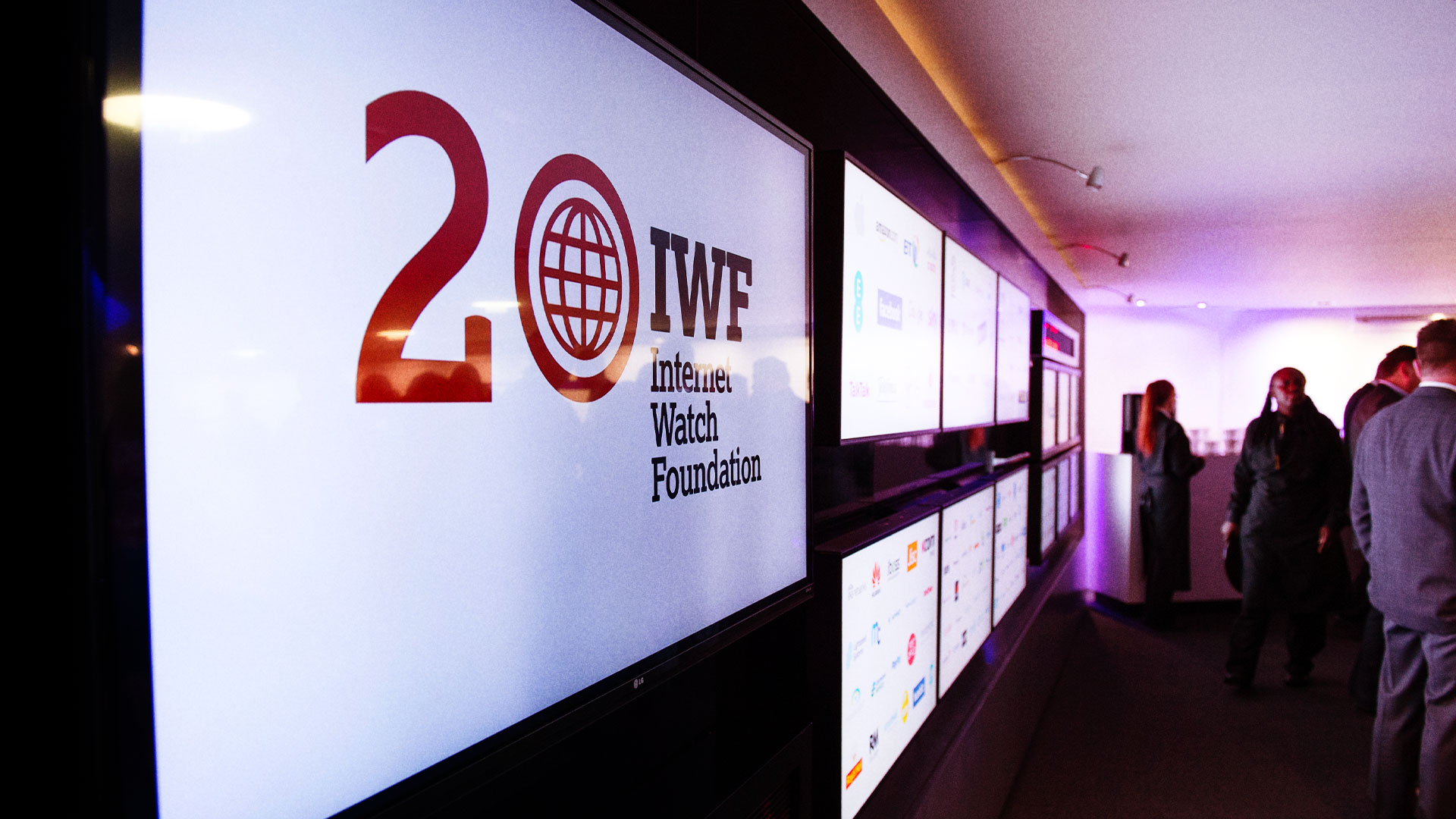
Our history
How the Internet Watch Foundation started in 1996 and how it's leading the fight against child sexual abuse imagery online today.

Our awards
Our reputation as a leader in online child protection and as a progressive employer has been recognised with many awards over the years.
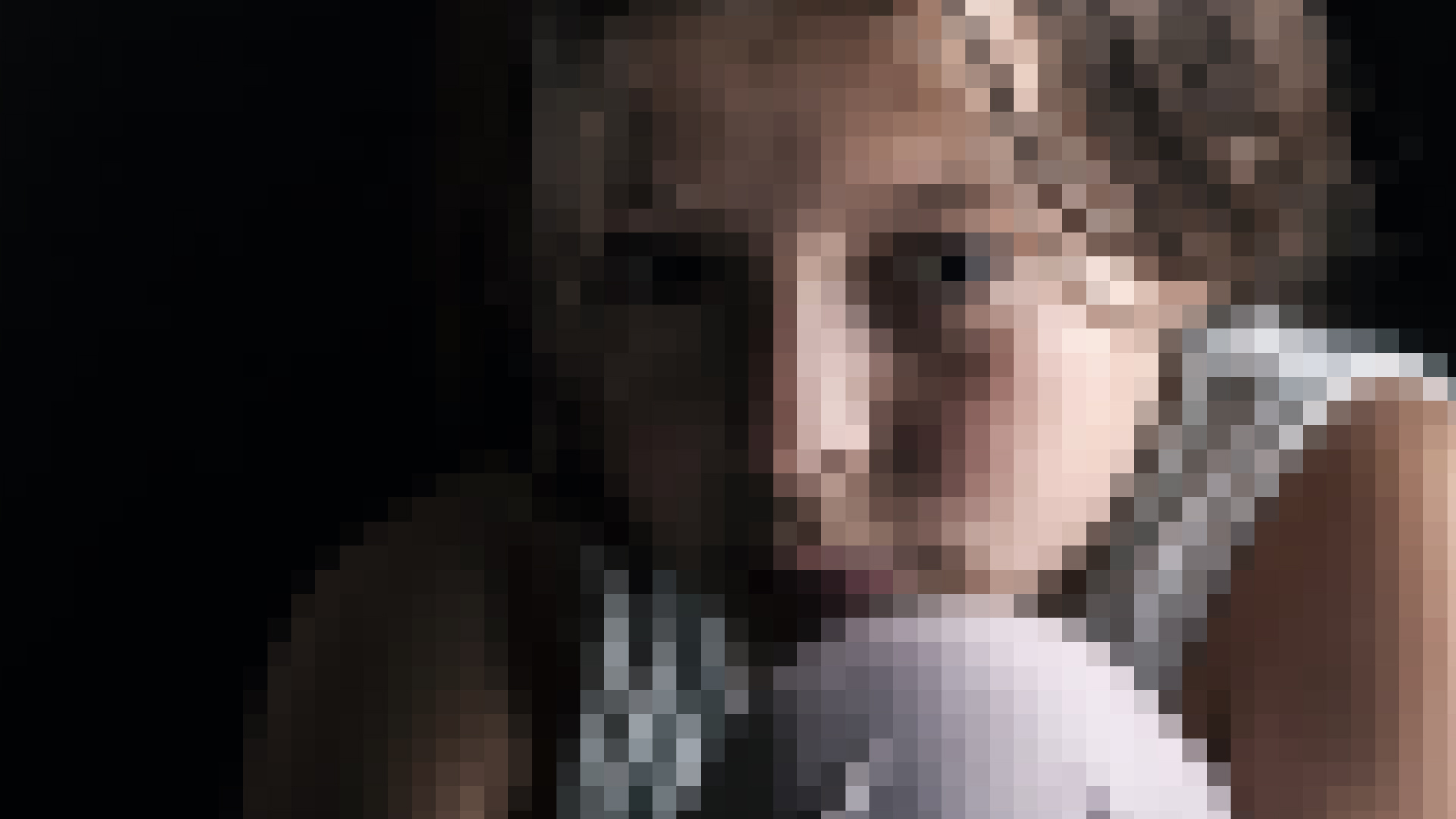
Our podcast
Our podcast tells the story of online child sexual abuse through the words of victims, the people fighting it, police, tech companies & even perpetrators.

